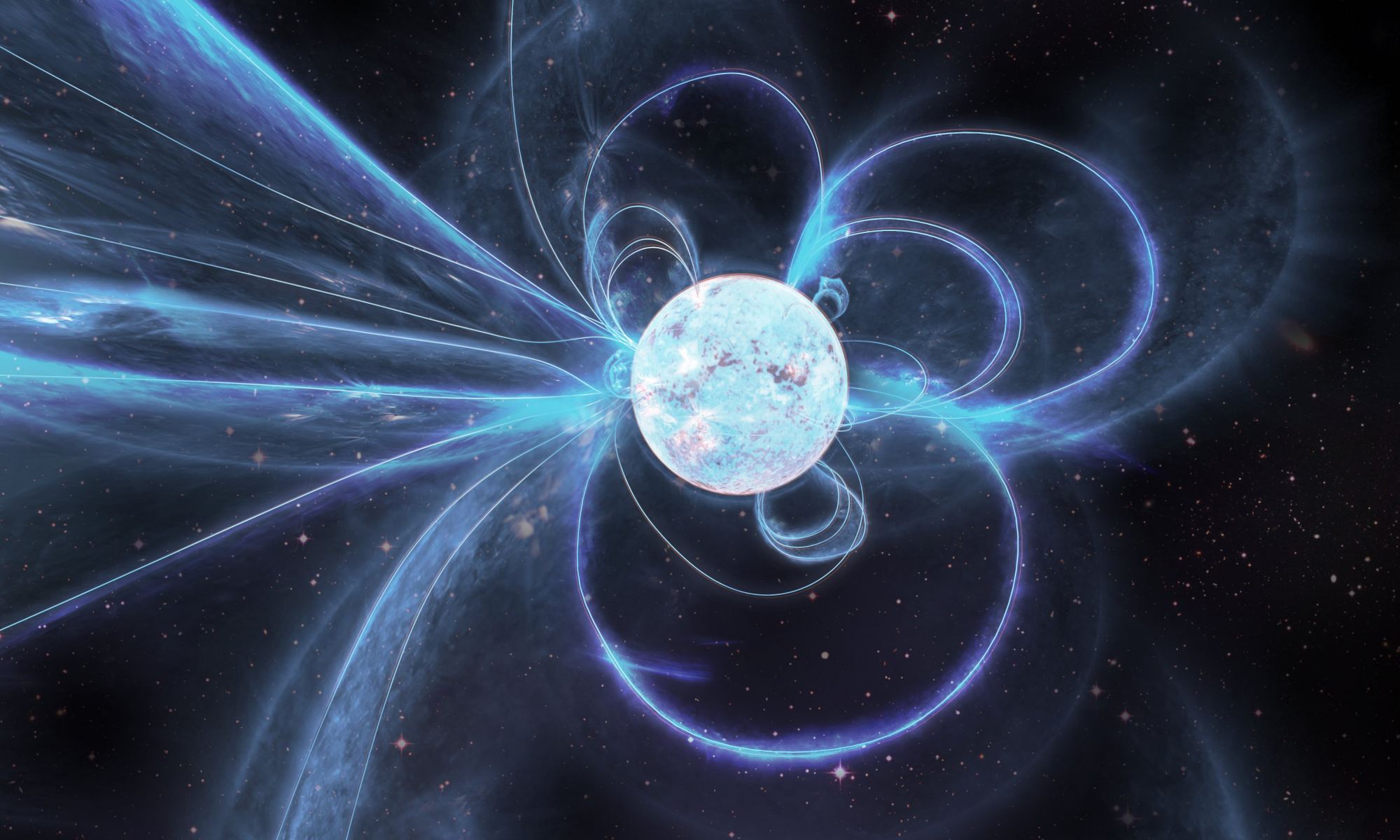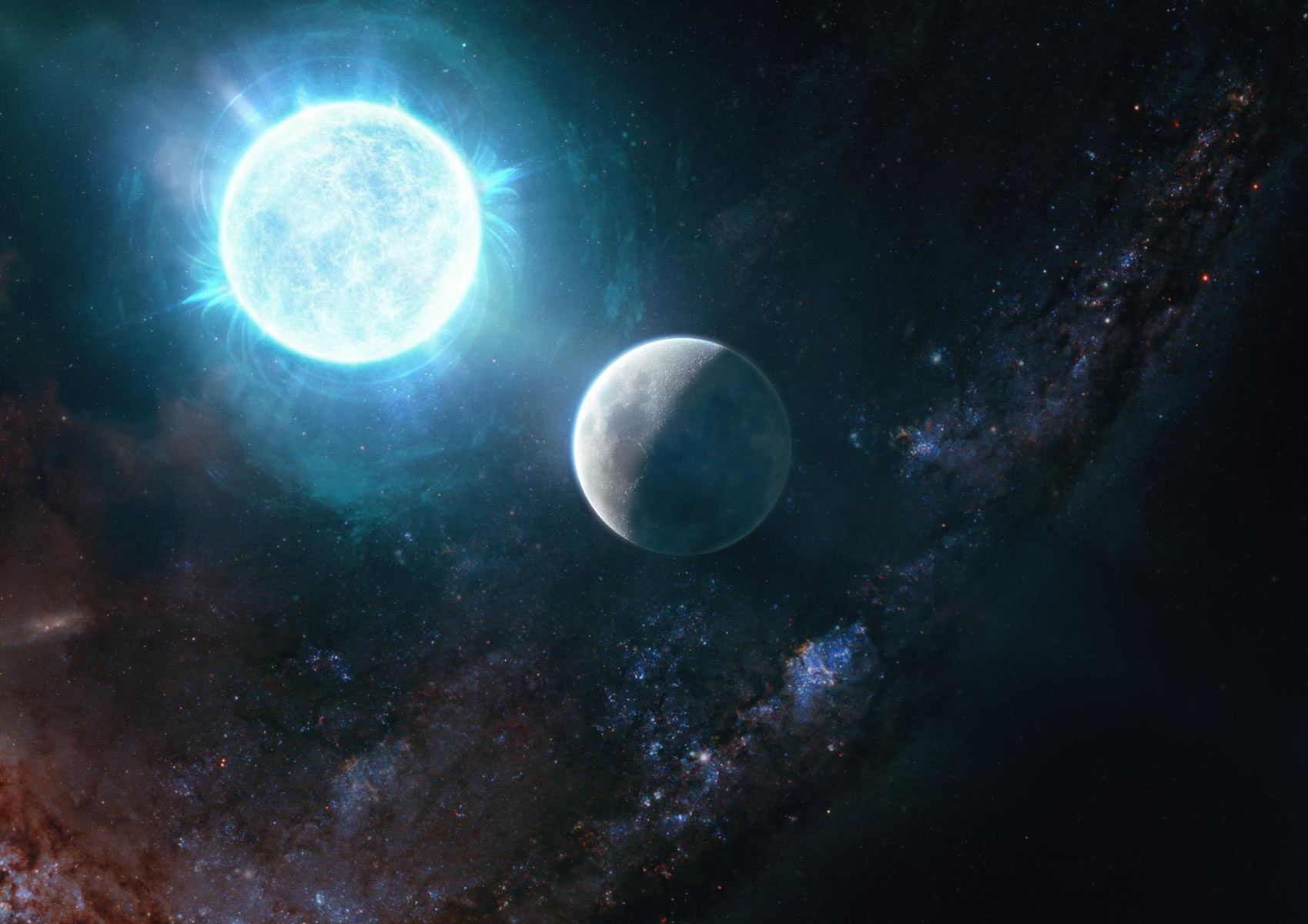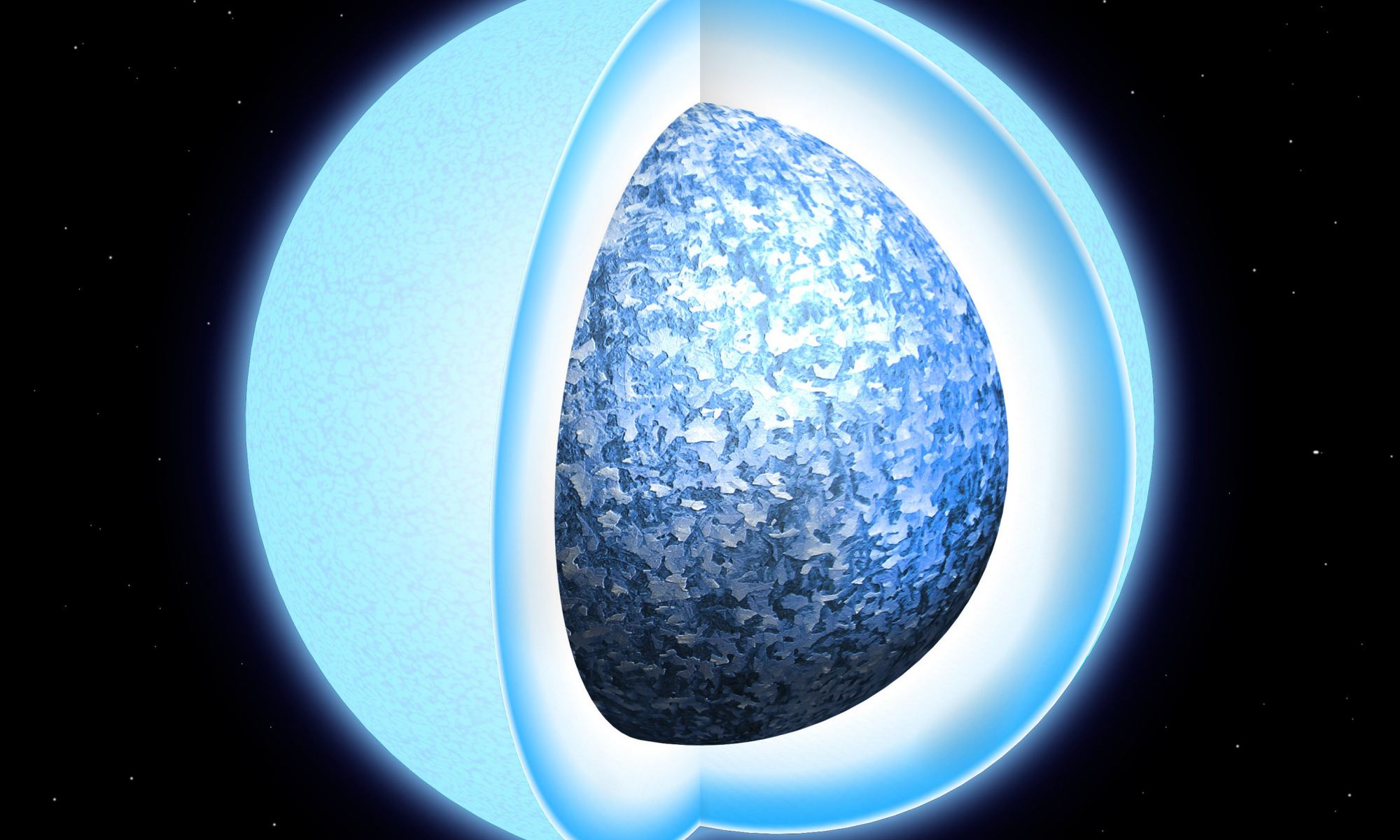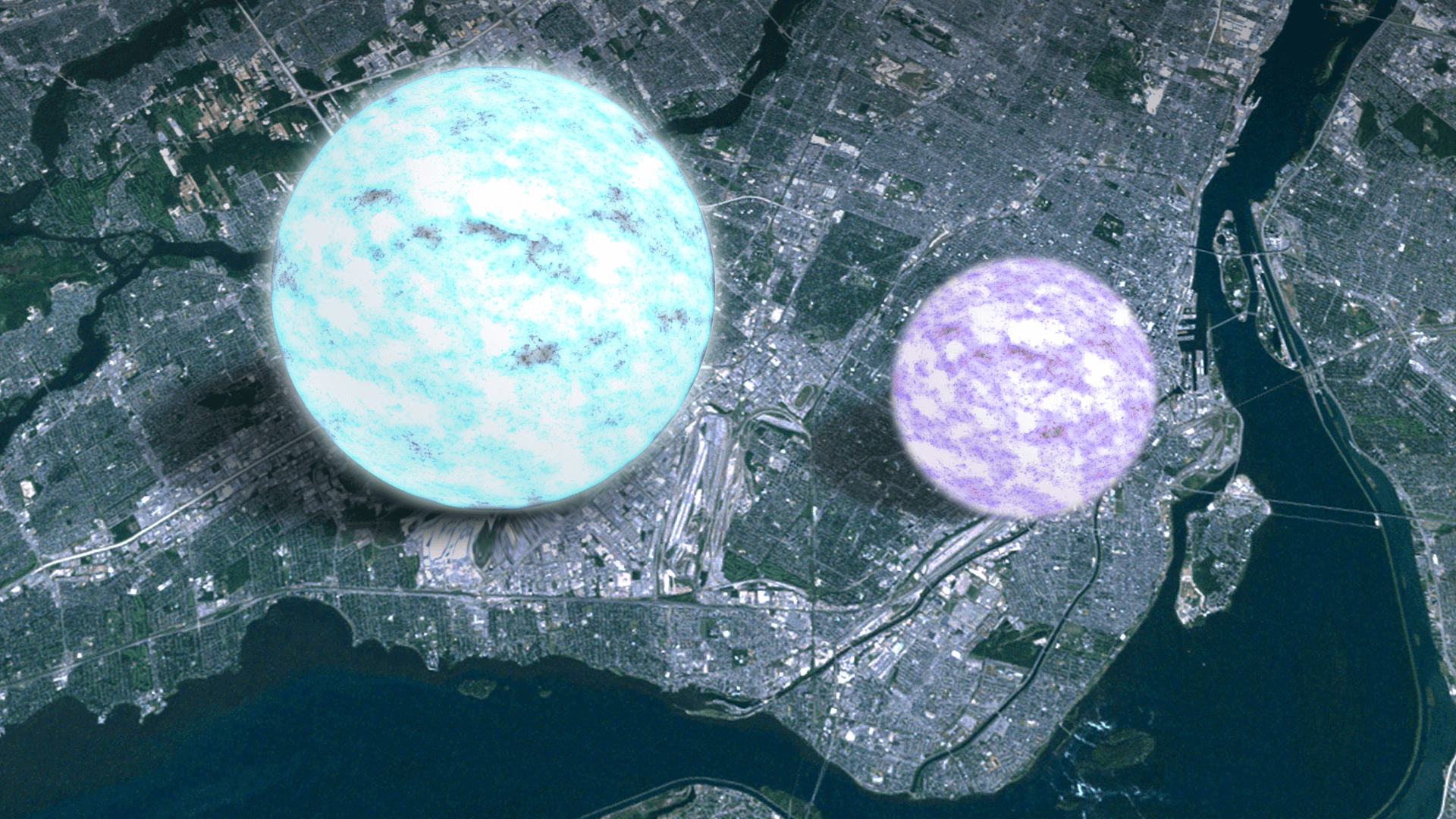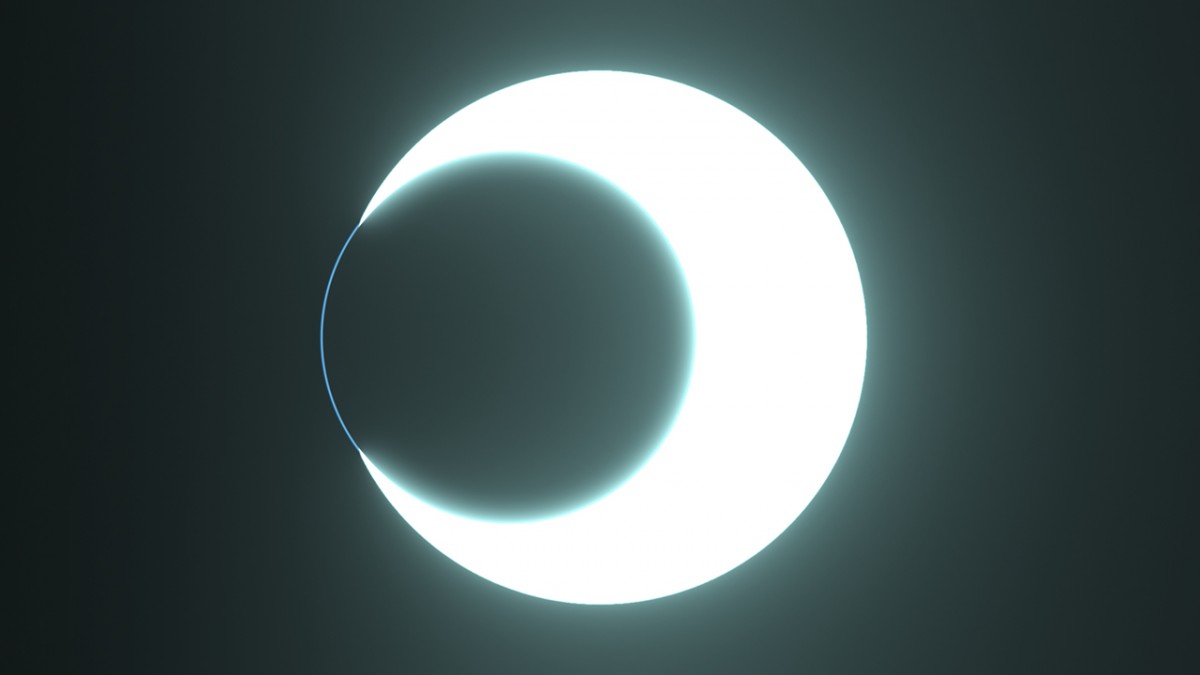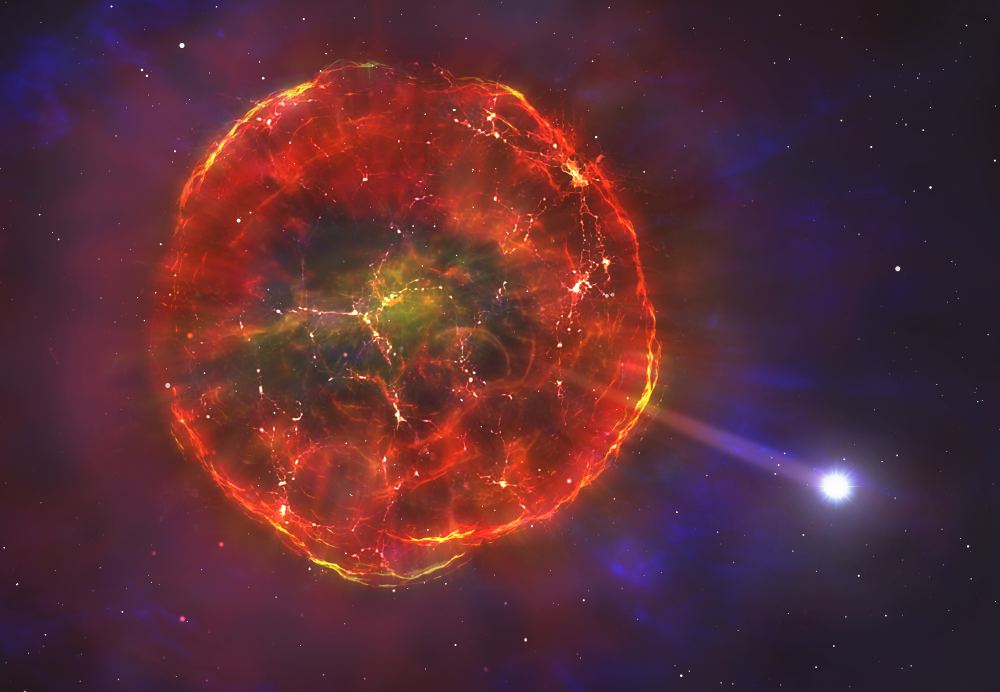In a few billion years the Sun will end its life as a white dwarf. As the Sun runs out of hydrogen to fuse for energy it will collapse under its own weight. Gravity will compress the Sun until it’s roughly the size of Earth, at which point a bit of quantum physics will kick in. Electrons from the Sun’s atoms will push back against gravity, creating what is known as degeneracy pressure. Once a star reaches this state it will cool over time, and the once brilliant star will eventually fade into the dark.
Continue reading “Aging White Dwarfs Become Even More Magnetic”Aging White Dwarfs Become Even More Magnetic
